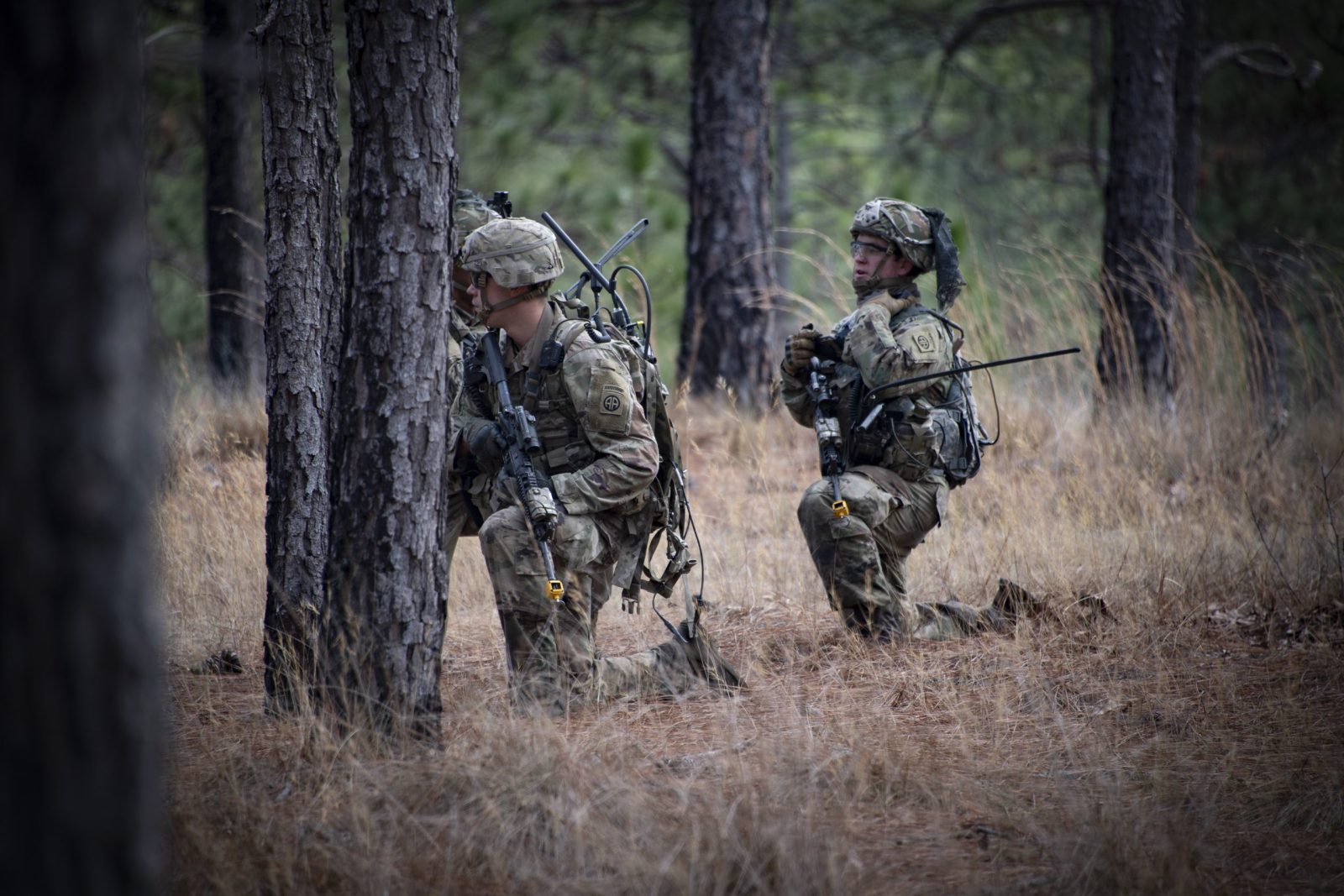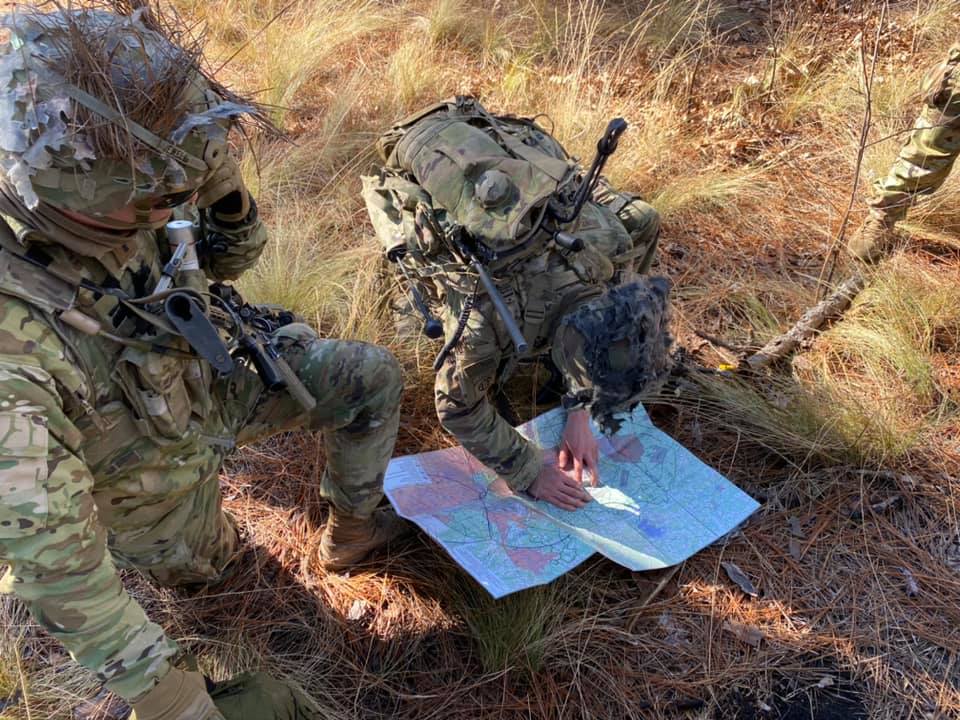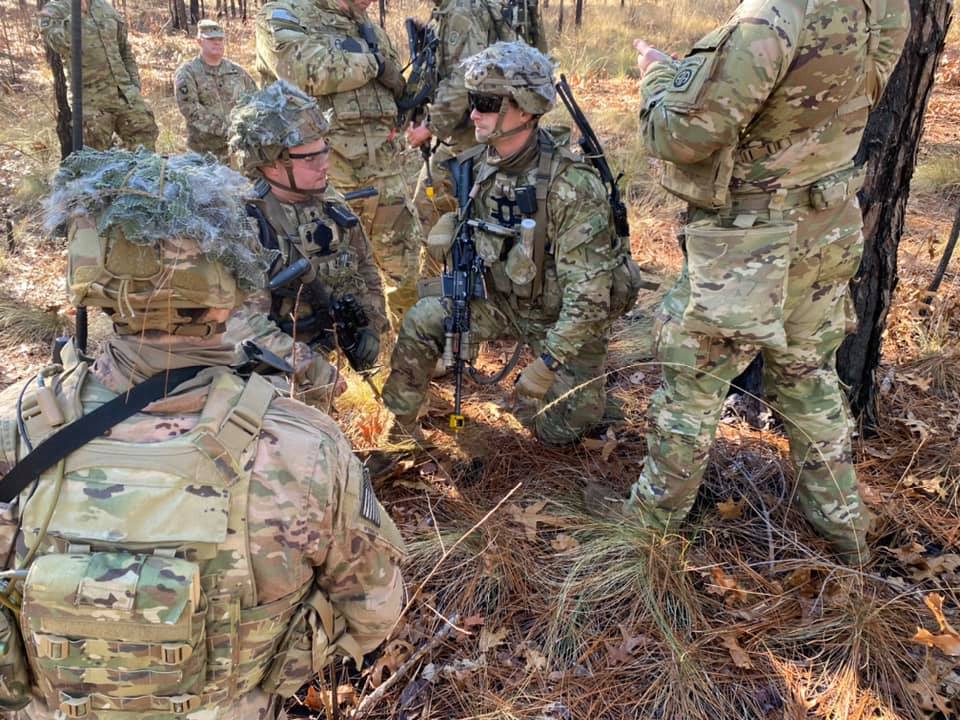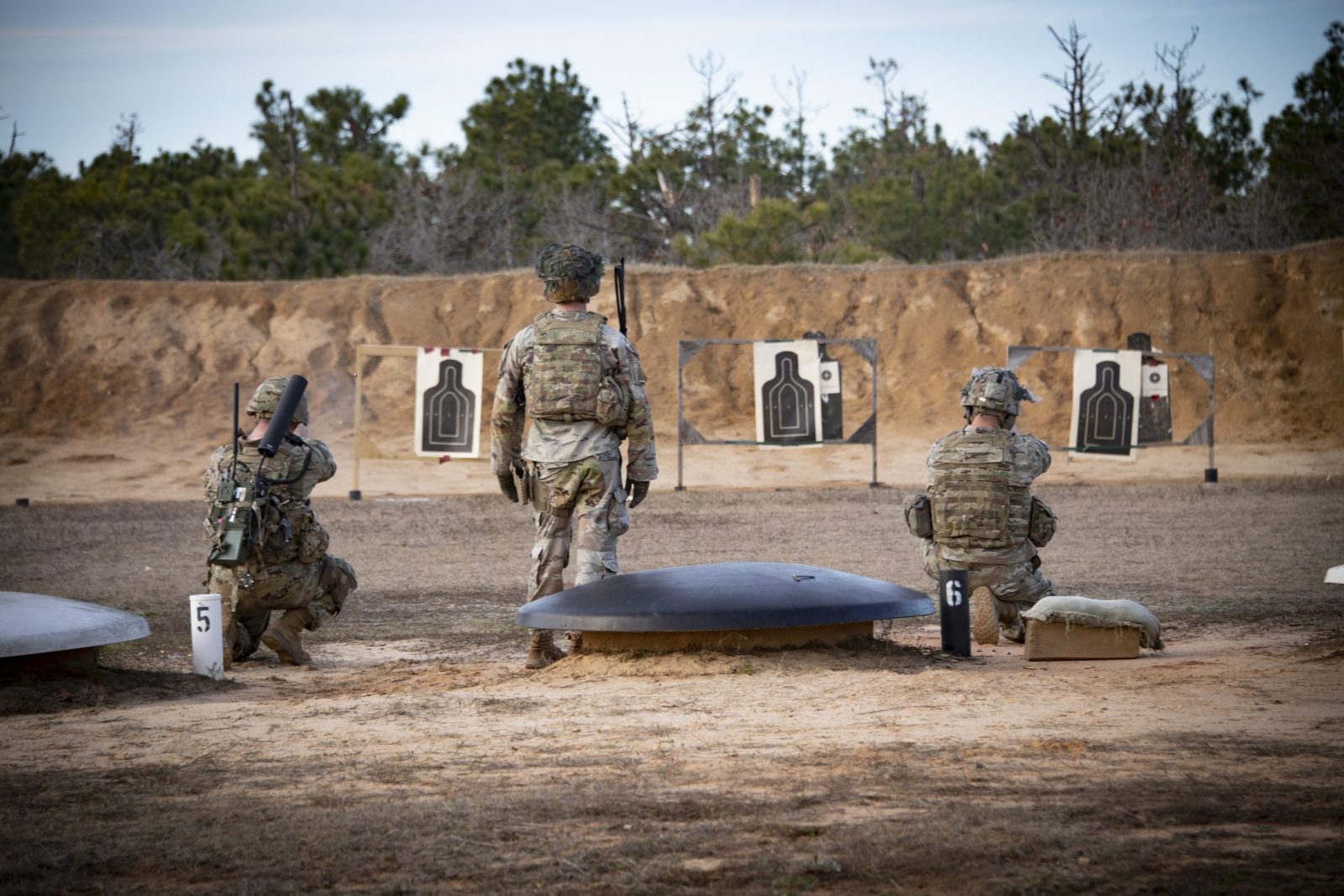Airborne Soldiers of the 1st Battalion, 504th Parachute Infantry Regiment (PIR), 82nd Airborne Division, recently completed almost two weeks of field testing the Army’s newest leader radio (LR) communications systems.

The Handheld, Manpack and Small (HMS) Form Fit/Tactical Radio variants are two-channel handhelds, used at the company and platoon levels by squad and team leaders to talk to each other and to aircraft to improve battlefield situational awareness.

The LR system is designed as an interoperable family of advanced software-reprogrammable, dual-channel, net-centric reliable communications radio sets.
The Generation 2 Manpack (MP) Radio is a two-channel, software defined, multi-waveform, General Purpose User (GPU) radio designed to support mounted and dismounted operations.

The HMS MP will be fielded primarily to Brigade Combat Team (BCT) Battalions, Companies, and Platoons.
The GEN2 MP is deployed in three configurations: a Tactical Operations Center (TOC) kit for command posts; mounted configurations integrated into the Army’s tactical and combat platforms; and a rucksack-held configuration to support Army dismounted operations.

Explaining the two systems in non-technical, every-day terms, said Maj. Brian Ramirez, Leader Radio (LR) Test Officer with the Fort Hood-based U.S. Army Operational Test Command’s Mission Command Test Directorate (MCTD) said, “This initial operational test of radio capabilities gave the Army the opportunity to demonstrate the current and future of tactical communications.”
“These radio systems are subjected to weather, terrain, and the daily regimen of Light Infantrymen in an effort to replicate the actual operational environment to which they will be subjected if selected. Soldiers of the 82nd Airborne Division demonstrated tactical communications at its finest during the initial operational test.” said Maj. Ramirez.
Text by Mr. Rick Michael, Mission Command Test Directorate, U.S. Army Operational Test Command.
————————-
About the U.S. Army Operational Test Command:
OTC taps the Total Army when testing Army, joint, and multi-service warfighting systems in realistic operational environments, using typical Soldiers to determine whether the systems are effective, suitable, and survivable. OTC is required by public law to test major systems before they are fielded to its ultimate customer — the American Soldier.
OTC’s Mission Command Test Directorate tests systems for a net-centric environment that will process and transmit voice, data, messaging and video information through networks at the tactical, operational, strategic and sustaining base levels.